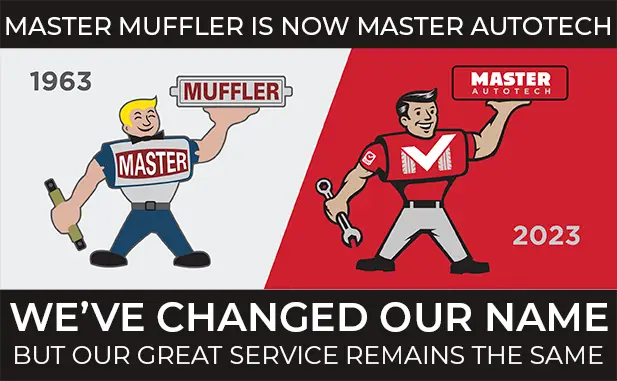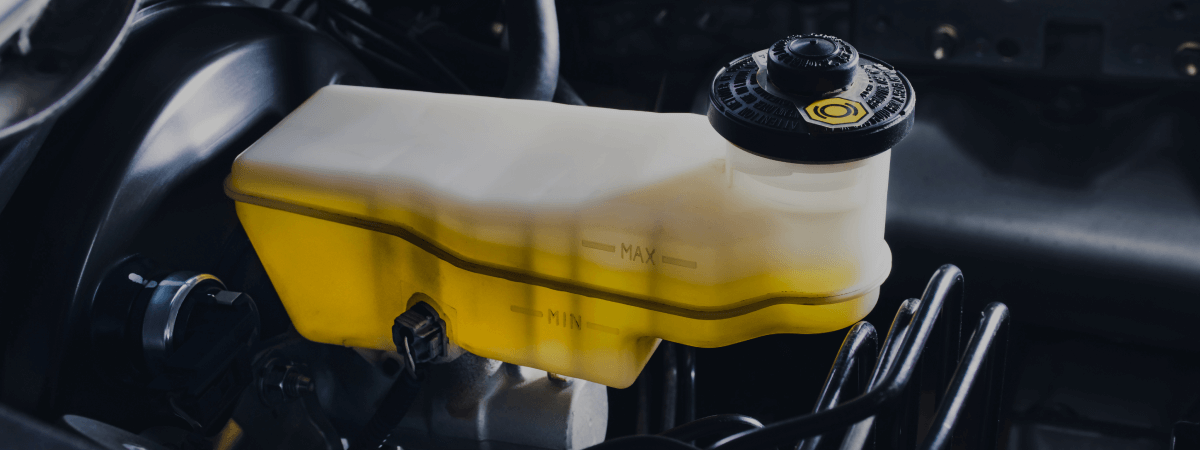Fuel injection is the process by which fuel gets moved into the internal combustion engine, having replaced the carburetor since the 1980s and 90s. The carburetor used suction to draw fuel into the chamber. But the fuel injection system actually atomizes the fuel, pushing it through a tiny nozzle with tremendous pressure. This makes the best use of the available fuel.
For diesel engines, Herbert Akroyd Stuart developed the first fuel injector, using a “jerk pump” to distribute the pressurized fuel oil to the injector. Used in the hot bulb engine, it was improved and used for diesel engines regularly by the 1920s.
Gasoline fuel injection began with an invention by Swedish engineer Jonas Hesselman. In 1925, he developed the Hesselman engine, using the ‘ultra lean burn principle.’ The fuel is injected at almost the end of the compression stroke. The spark plug then ignites it.
Interestingly, this idea was used in World War II for aircraft run by gasoline, because the fuel injection system could handle serious g-forces. The concept was adopted by many airplane manufacturers for models such as the B-29 Superfortress, the BMW 801, and the Daimler-Benz DB 601, among others.
There are different types of fuel injection systems. The single point injection system has a throttle body with a single injector. Used in 1940s aircraft, it moved to automobile use in the 1980s. These fuel injection systems were cheap to make and were used a great deal during the mid-90s. The continuous injection system keeps the fuel flowing constantly, but at a variable rate and was also used a good deal in the 90s.
Central Port Fuel Injection was designed by General Motors and was used in production from 1992 to 1996. Tubes that have poppet valves spray fuel from a central injector. They spray at each intake port with the fuel pressurized similarly to the single-point injection system.
Direct injection is different from other injection systems because the fuel and air do not mix before the intake valve. The fuel comes from the common header to the injectors, through tubes. It is injected straight into the combustion chamber. There is a needle valve that opens and closes to spray the fuel.
Finally, the multi-point fuel injection system injects the fuel prior to reaching each cylinder’s intake valve, instead of injecting at a central point. These systems can be batched- with the fuel injected in groups, sequential- with the fuel injected in a timed manner to match the cylinder’s intake stroke, or simultaneous- with the fuel injected to all the cylinders at the same time.
Related Posts
Key Takeaways On average, passenger vehicle tires last 40,000 to 60,000 miles, depending on type, driving habits, and maintenance. Replace tires when tread depth reaches 2/32”, if damaged, or older than 10 years. Regular rotation, alignment, and proper inflation extend tire life. Aggressive driving, poor roads, and harsh weather shorten tire lifespan. Take advantage [...]
When you think about car maintenance, you probably focus on oil changes, tire rotations, and maybe even brake pad replacement. But what about your brake fluid? If you’ve ever wondered, “What does brake fluid do?” or “Why is brake fluid important?”, you’re not alone. Brake fluid might not be the most talked-about part of [...]
Is that high-pitched squeal from your brakes driving you—and everyone else—crazy? Don’t ignore it. Squeaky brakes aren’t just annoying, they’re your car’s way of saying something needs attention. Whether you're cruising through Salt Lake City or winding up Idaho’s mountain passes, here’s what’s likely going on, how you can fix it, and when it [...]





